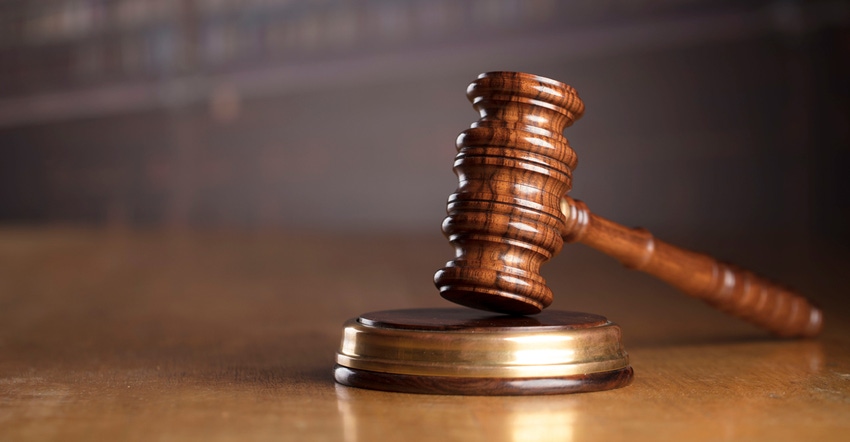August 22, 2019

Many of you have asked about the release of potential Syngenta settlement checks to growers.
The settlement checks should have happened earlier this year, but it has not happened yet. I am taking this opportunity to address many of the questions I get in relation to the settlement and what the latest information is:
What led to this settlement?
In 2010, Syngenta was approved to begin selling seeds containing the MIR162 genetic event. Syngenta started selling the MIR162 in 2011 in Agrisure Duracade and Agrisure Viptera corn varieties. The Chinese government had yet to approve MIR162, but in 2013 MIR162 appeared in shipments to China.
The Chinese began to reject shipments of U.S. corn based on this, and the price of corn dropped based on these rejections.
Producers who did not grow the MIR162 genetic event began to file lawsuits against Syngenta. A judicial panel combined the lawsuits into one federal district court case, and in late 2016 the court granted class certification for nine classes of producers. Syngenta eventually agreed to a settlement in 2018.
What are some details on the settlement?
In late 2018, the court approved the settlement for $1.51 billion. The settlement includes all U.S. corn farmers, including those who opted out of the original class-action suit and those who grew Agrisure Duracade and Agrisure Viptera. The settlement will also include landlords who based rental rates on yield or price, such as a flex lease based on yield or price, or a crop share lease.
Fixed-cash landlords are not eligible to participate. The period included in the settlement is Sept. 15, 2013, through the 2018 crop year.
The settlement will include four classes:
Class 1. Growers and eligible landlords who did not use Duracade or Viptera will receive a minimum of $1.44 billion.
Class 2. Growers and eligible landlords who did use Duracade or Viptera will be limited to $22.6 million.
Class 3. Grain handlers will be limited to $29.9 million.
Class 4. Ethanol producers will be limited to $19.5 million.
As a part of the settlement, the court set aside just over $503 million for attorneys’ fees. A later order clarified that the attorneys’ fees should be divided up by the following percentages:
49% to pool for Kansas multidistrict litigation attorneys
23.5% to pool for Minnesota state court attorneys
15.5% to pool for Illinois state court attorneys
12% to individually retained private attorneys
The settlement invalidates many of the contingent fee agreements, where attorneys would collect a percentage of amounts recovered by their clients in the settlement.
What is going on with the settlement right now?
Several individual attorneys are currently appealing the final order, arguing that the judge did not have the authority to invalidate the contingent fee agreements. At the same time, other appeals are ongoing from class members who feel the final settlement is not fair.
How much money could a corn grower expect to see out of the settlement?
The amount each corn grower could expect is unknown at this time. Estimates do exist out there, but they are probably not accurate. This settlement includes thousands of eligible growers and landlords with unknown production from 2013 to 2018.
With too many unknowns currently, any estimate on a settlement amount is a guess.
When can we expect to see checks go out to corn growers?
Checks were originally expected to go out in the second quarter of this year based on the settlement agreement, but that has not happened due to the ongoing appeals. Recent posts on cornseedsettlement.com, the dedicated website set up to give growers information about the settlement, show that class members should expect to see class determinations go out soon that will show their compensable recovery quantity.
Goeringer is an Extension legal specialist with the University of Maryland’s Department of Agricultural and Resource Economics.
About the Author(s)
You May Also Like






